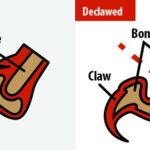In the annals of American winemaking, few stories are as deeply rooted and warmly embraced as that of Hazlitt 1852 Vineyards. It all began on April 1, 1852, when David Hazlitt and Clarissa Roberts Hazlitt purchased 153 acres of promising land in Hector, New York, a region now celebrated as the heart of the Finger Lakes wine country. This marked not just a land acquisition, but the inception of a family legacy that would span generations and culminate in the creation of iconic wines like the famed Red Cat.
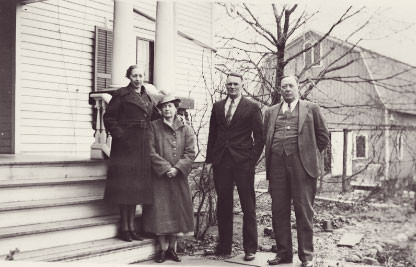 David and Clarissa Hazlitt's land purchase in 1852, the beginning of Hazlitt 1852 Vineyards
David and Clarissa Hazlitt's land purchase in 1852, the beginning of Hazlitt 1852 Vineyards
Initially, the Hazlitt family focused on cultivating the existing fruit trees and vineyards, leveraging the fertile land to produce a bounty of fruit. They were instrumental in supplying the burgeoning regional markets, utilizing wagons, boats, and the expanding railroad network to distribute their produce. Notably, their grapes found their way to pioneering wineries of the era, such as Great Western and Widmer Wine Cellars, contributing to the foundation of New York’s esteemed wine industry.
As the 20th century dawned, the Hazlitt land transitioned through generations, each adding their chapter to the unfolding story. James Roberts Hazlitt, son of David and Clarissa, along with his wife Mary Miller, expanded the family’s footprint by acquiring an adjacent farm. This property became the family’s new home, and the land continued its stewardship under William Herbert Hazlitt and his wife Inez LaMoreaux, and subsequently, James (Jim) R. Hazlitt and his wife Elizabeth (Betty) Voorhees. This seamless passing of the torch ensured the preservation of the Hazlitt heritage and the land’s inherent potential for viticulture.
The 1980s witnessed a pivotal moment as Jim and Betty Hazlitt’s sons, James (Jim) R. and Jerome (Jerry) V. Hazlitt, took the reins, dividing the land and independently operating vineyards. This era of sibling collaboration saw the Hazlitt name further solidify its presence in the Finger Lakes. Interestingly, the family’s winemaking roots extended beyond commercial vineyards, as Jerry Hazlitt was an avid home winemaker, foreshadowing the next significant step in the Hazlitt journey.
However, the early 1980s presented challenges. A sharp decline in crop prices threatened the viability of the family business. Faced with the difficult prospect of selling their land, the Hazlitt family chose resilience and innovation. In 1985, Jerry Hazlitt and his wife Elaine made a bold decision: they established Hazlitt 1852 Vineyards. This marked the family’s transition from grape growers to wine producers, a move that would ultimately lead to the creation of their signature wine, Red Cat.
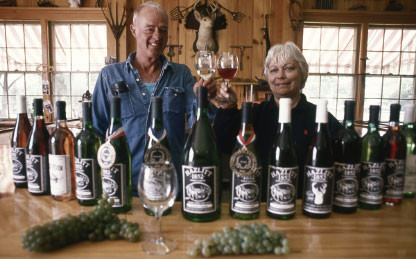 The Hazlitt brothers, Jim and Jerry, in 1985, a pivotal year for Hazlitt 1852 Vineyards
The Hazlitt brothers, Jim and Jerry, in 1985, a pivotal year for Hazlitt 1852 Vineyards
August 1985 became a landmark month with the release of Red Cat Wine, a unique and approachable blend that quickly captured the hearts of wine lovers. Alongside Red Cat, Hazlitt 1852 Vineyards launched a portfolio of wines in their inaugural year, including Pink Cat, White Stag, Riesling, Chardonnay, and Baco Noir, demonstrating their commitment to variety and quality. The story behind Red Cat wine itself is a testament to the Hazlitt’s innovative spirit and understanding of consumer preferences, becoming a central element of their brand identity.
 The release of Red Cat wine in August 1985, a turning point for Hazlitt 1852 Vineyards
The release of Red Cat wine in August 1985, a turning point for Hazlitt 1852 Vineyards
As the winery flourished into the late 1990s, the sixth generation of Hazlitts joined the family business. Doug Hazlitt and Leigh Hazlitt Triner, Jerry and Elaine’s children, brought fresh perspectives and energy, further cementing the family’s commitment to the winery’s future.
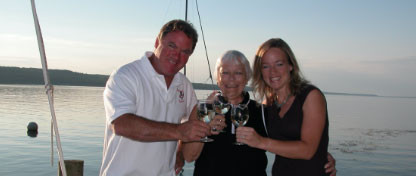 Doug and Leigh Hazlitt in the late 1990s, representing the 6th generation joining the winery
Doug and Leigh Hazlitt in the late 1990s, representing the 6th generation joining the winery
In 2011, Hazlitt 1852 Vineyards expanded significantly with the acquisition of the historic Widmer Wine Cellars in Naples, NY. Renamed Hazlitt Red Cat Cellars, this strategic purchase was driven by the immense popularity of Red Cat wine and the need for increased production capacity. This Naples facility, boasting a tasting room and a 3-million-gallon production capacity, became the epicenter for Red Cat production. Shortly after this expansion, Doug and Leigh ascended to the roles of co-CEOs, steering the Hazlitt family’s wine enterprise into a new era.
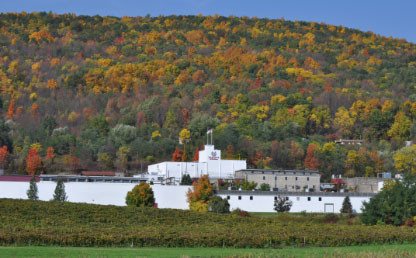 Hazlitt's acquisition of Widmer Wine Cellars in 2011, expanding Red Cat wine production
Hazlitt's acquisition of Widmer Wine Cellars in 2011, expanding Red Cat wine production
Further enhancing the visitor experience at their Hector location, “The Oasis,” a timber-frame outdoor pavilion, was constructed in 2013. This addition provided a welcoming space for live music and events, embodying the Hazlitt’s hospitality and creating a destination beyond just wine tasting.
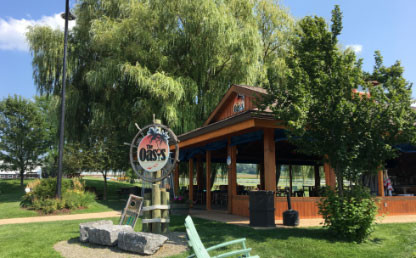 The Oasis at Hazlitt 1852 Vineyards built in 2013, enhancing visitor experience
The Oasis at Hazlitt 1852 Vineyards built in 2013, enhancing visitor experience
Today, the legacy of Hazlitt 1852 Vineyards continues with the seventh generation entering the fold, carrying forward the passion and dedication that has defined the family for nearly two centuries. Their ongoing commitment ensures that Hazlitt remains synonymous with family, friendship, and exceptional wines, with Red Cat wine standing as a testament to their enduring success and innovative spirit in the competitive wine market.

